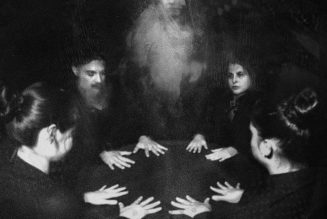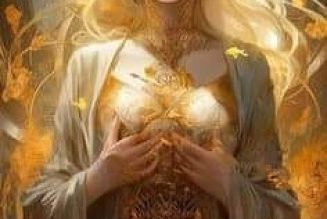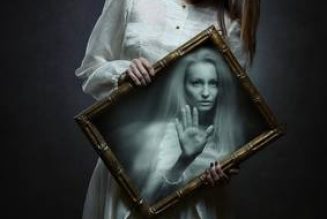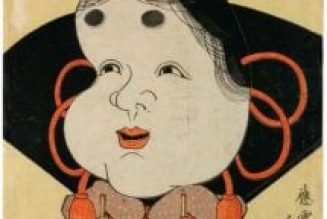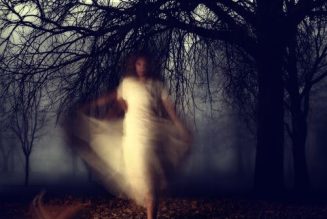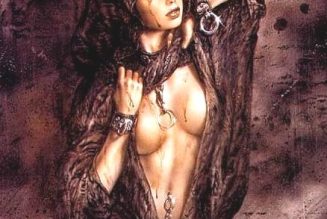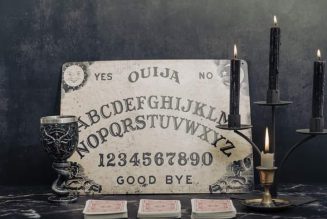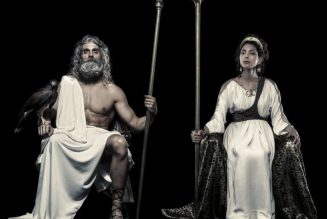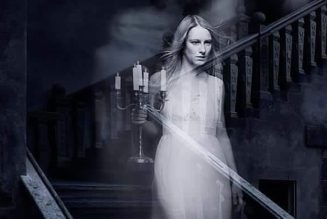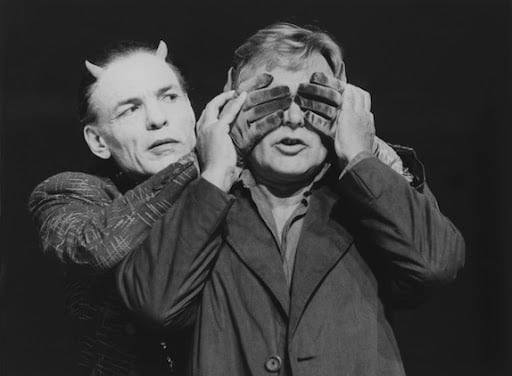
Maybe folklore can exist without spirits, albeit in truncated form,
but mythology definitely can’t. Worldwide mythology is accurately
defined as stories about and involving spirits. An entire literary
genre—fairy tales—is named for a branch of the spirit world.
Literary classics are populated by spirits (The Aeneid, The Iliad,
The Odyssey, Faust, Macbeth, or The Tempest). So are comic books: Morpheus, the Erinyes, Uma, Circe, and Lilith are but a few of the spirits who prowl through their pages, as do Brunnhilde the
Valkyrie, hammer-deity Thor, and virtually the entire Nordic
pantheon.
Poems are full of spirits: again sometimes the allusions are
intended literally, sometimes allegorically. Consider Edmund
Spenser’s The Faerie Queene or Christina Rossetti’s The Goblin Market or various poems by William Butler Yeats. I’m pulling these out of the air, somewhat randomly, in no particular order: thousands of others, maybe millions, could just as easily substitute.
If you have a taste for classical culture, then you may know that
the very first official ballet was inspired by the witch-goddess Circe. It was but the first of many. Other dancing spirits include La
Sylphide’s winged Scottish Fairies, Swan Lake’s secret swan
goddesses, and Giselle’s willies, an alternative name for vila,
seductive, sometimes deadly, forest Fairies. (Vila guest star in the
Harry Potter novels, too.)
Spirits permeate opera: for starters, Undina, Maria Padilla, Ariadne
auf Naxos, and Richard Wagner’s entire Ring Cycle. (Speaking of
rings, spirits are intrinsic to the plots of J. R. R. Tolkien’s Lord of the Rings and the Ring series of novels, movies, and manga.)
